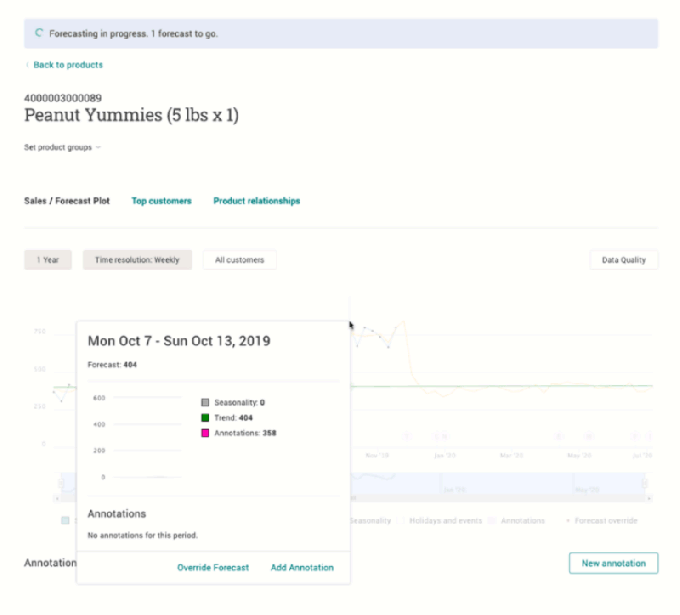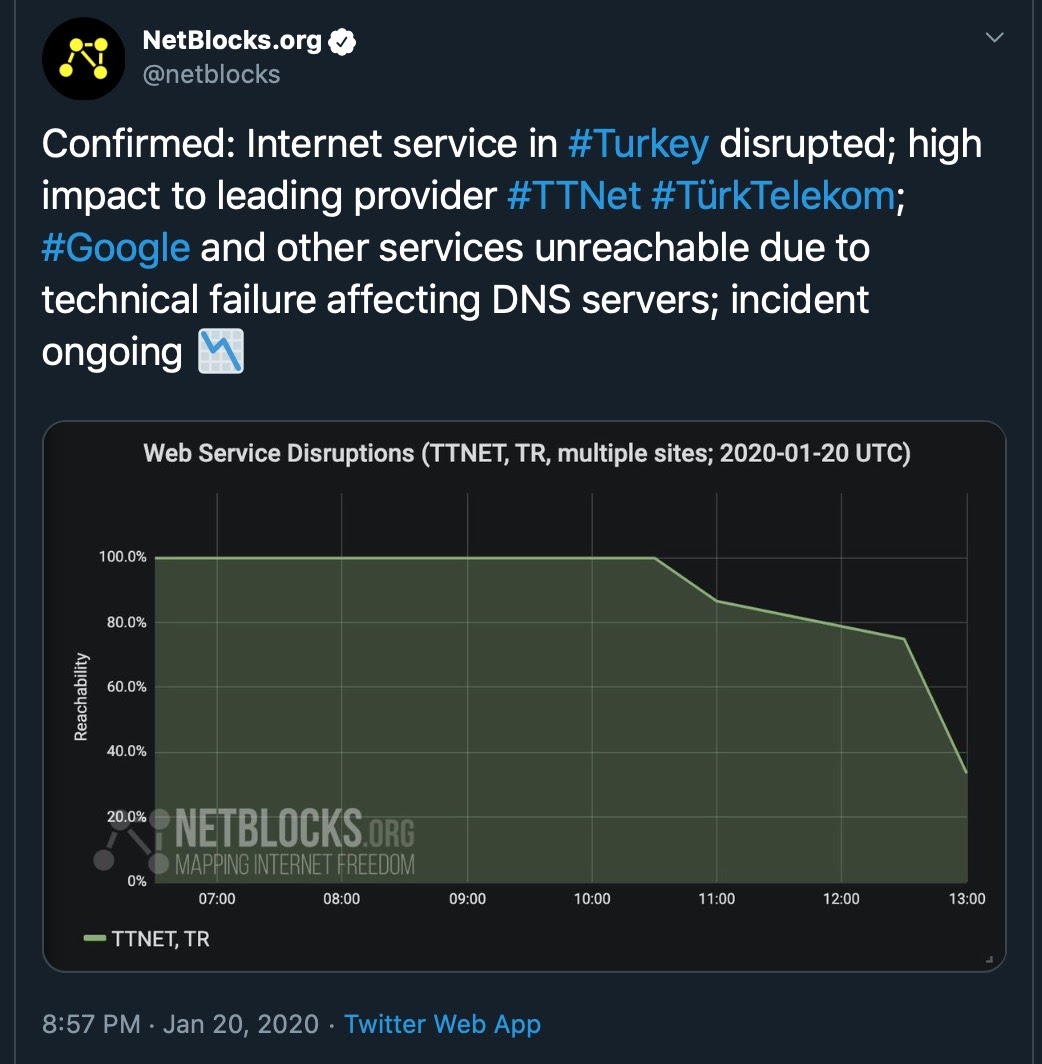If you’re running a business online, few things can be as disruptive or destructive to your brand as someone stealing your company’s domain name and doing whatever they wish with it. Even so, most major Web site owners aren’t taking full advantage of the security tools available to protect their domains from being hijacked. Here’s the story of one recent victim who was doing almost everything possible to avoid such a situation and still had a key domain stolen by scammers.
On December 23, 2019, unknown attackers began contacting customer support people at OpenProvider, a popular domain name registrar based in The Netherlands. The scammers told the customer representatives they had just purchased from the original owner the domain e-hawk.net — which is part of a service that helps Web sites detect and block fraud — and that they were having trouble transferring the domain from OpenProvider to a different registrar.
The real owner of e-hawk.net is Raymond Dijkxhoorn, a security expert and entrepreneur who has spent much of his career making life harder for cybercrooks and spammers. Dijkxhoorn and E-HAWK’s CEO Peter Cholnoky had already protected their domain with a “registrar lock,” a service that requires the registrar to confirm any requested changes with the domain owner via whatever communications method is specified by the registrant.
In the case of e-hawk.net, however, the scammers managed to trick an OpenProvider customer service rep into transferring the domain to another registrar with a fairly lame social engineering ruse — and without triggering any verification to the real owners of the domain.
Specifically, the thieves contacted OpenProvider via WhatsApp, said they were now the rightful owners of the domain, and shared a short screen grab video showing the registrar’s automated system blocking the domain transfer (see video below).
“The support agent helpfully tried to verify if what the [scammers] were saying was true, and said, ‘Let’s see if we can move e-hawk.net from here to check if that works’,” Dijkxhoorn said. “But a registrar should not act on instructions coming from a random email address or other account that is not even connected to the domain in question.”
Dijkxhoorn shared records obtained from OpenProvider showing that on Dec. 23, 2019, the e-hawk.net domain was transferred to a reseller account within OpenProvider. Just three days later, that reseller account moved e-hawk.net to another registrar — Public Domain Registry (PDR).
“Due to the previously silent move to another reseller account within OpenProvider, we were not notified by the registrar about any changes,” Dijkxhoorn said. “This fraudulent move was possible due to successful social engineering towards the OpenProvider support team. We have now learned that after the move to the other OpenProvider account, the fraudsters could silently remove the registrar lock and move the domain to PDR.”
REGISTRY LOCK
Dijkxhoorn said one security precaution his company had not taken with their domain prior to the fraudulent transfer was a “registry lock,” a more stringent, manual (and sometimes offline) process that effectively neutralizes any attempts by fraudsters to social engineer your domain registrar.
With a registry lock in place, your registrar cannot move your domain to another registrar on its own. Doing so requires manual contact verification by the appropriate domain registry, such as Verisign — which is the authoritative registry for all domains ending in .com, .net, .name, .cc, .tv, .edu, .gov and .jobs. Other registries handle locks for specific top-level or country-code domains, including Nominet (for .co.uk or .uk domains), EURID (for .eu domains), CNNIC for (for .cn) domains, and so on.
According to data provided by digital brand protection firm CSC, while domains created in the top three most registered top-level domains (.com, .jp and .cn) are eligible for registry locks, just 22 percent of domain names tracked in Forbes’ list of the World’s Largest Public Companies have secured registry locks.
Unfortunately, not all registrars support registry locks (a list of top-level domains that do allow registry locks is here, courtesy of CSC). But as we’ll see in a moment, there are other security precautions that can and do help if your domain somehow ends up getting hijacked.
Dijkxhoorn said his company first learned of the domain theft on Jan. 13, 2020, which was the date the fraudsters got around to changing the domain name system (DNS) settings for e-hawk.net. That alert was triggered by systems E-HAWK had previously built in-house that continually monitor their stable of domains for any DNS changes.
By the way, this continuous monitoring of one’s DNS settings is a powerful approach to help blunt attacks on your domains and DNS infrastructure. Anyone curious about why this might be a good approach should have a look at this deep-dive from 2019 on “DNSpionage,” the name given to the exploits of an Iranian group that has successfully stolen countless passwords and VPN credentials from major companies via DNS-based attacks.
DNSSEC
Shortly after pointing e-hawk.net’s DNS settings to a server they controlled, the attackers were able to obtain at least one encryption certificate for the domain, which could have allowed them to intercept and read encrypted Web and email communications tied to e-hawk.net.
But that effort failed because E-HAWK’s owners also had enabled DNSSEC for their domains (a.k.a. “DNS Security Extensions”), which protects applications from using forged or manipulated DNS data by requiring that all DNS queries for a given domain or set of domains be digitally signed.
With DNSSEC properly enabled, if a name server determines that the address record for a given domain has not been modified in transit, it resolves the domain and lets the user visit the site. If, however, that record has been modified in some way or doesn’t match the domain requested, the name server blocks the user from reaching the fraudulent address.
While fraudsters who have hijacked your domain and/or co-opted access to your domain registrar can and usually will try to remove any DNSSEC records associated with the hijacked domain, it generally takes a few days for these updated records to be noticed and obeyed by the rest of the Internet.
As a result, having DNSSEC enabled for its domains bought E-HAWK an additional 48 hours or so with which to regain control over its domain before any encrypted traffic to and from e-hawk.net could have been intercepted.
In the end, E-HAWK was able to wrest back its hijacked domain in less than 48 hours, but only because its owners are on a first-name basis with many of the companies that manage the Internet’s global domain name system. Perhaps more importantly, they happened to know key people at PDR — the registrar to which the thieves moved the stolen domain.
Dijkxhoorn said without that industry access, E-HAWK probably would still be waiting to re-assume control over its domain.
“This process is normally not that quick,” he said, noting that most domains can’t be moved for at least 60 days after a successful transfer to another registrar.
In an interview with KrebsOnSecurity, OpenProvider CEO and Founder Arno Vis said said OpenProvider is reviewing its procedures and building systems to prevent support employees from overriding security checks that come with a registrar lock.
“We are building an extra layer of approval for things that support engineers shouldn’t be doing in the first place,” Vis said. “As far as I know, this is the first time something like this has happened to us.”
As in this case, crooks who specialize in stealing domains often pounce during holidays, when many registrars are short on well-trained staff. But Vis said the attack against E-HAWK targeted the company’s most senior support engineer.
“This is why social engineering is such a tricky thing, because in the end you still have a person who has to make a decision about something and in some cases they don’t make the right decision,” he said.
WHAT CAN YOU DO?
To recap, for maximum security on your domains, consider adopting some or all of the following best practices:
-Use registration features like Registry Lock that can help protect domain names records from being changed. Note that this may increase the amount of time it takes going forward to make key changes to the locked domain (such as DNS changes).
-Use DNSSEC (both signing zones and validating responses).
-Use access control lists for applications, Internet traffic and monitoring.
-Use 2-factor authentication, and require it to be used by all relevant users and subcontractors.
-In cases where passwords are used, pick unique passwords and consider password managers.
-Review the security of existing accounts with registrars and other providers, and make sure you have multiple notifications in place when and if a domain you own is about to expire.
-Monitor the issuance of new SSL certificates for your domains by monitoring, for example, Certificate Transparency Logs.












